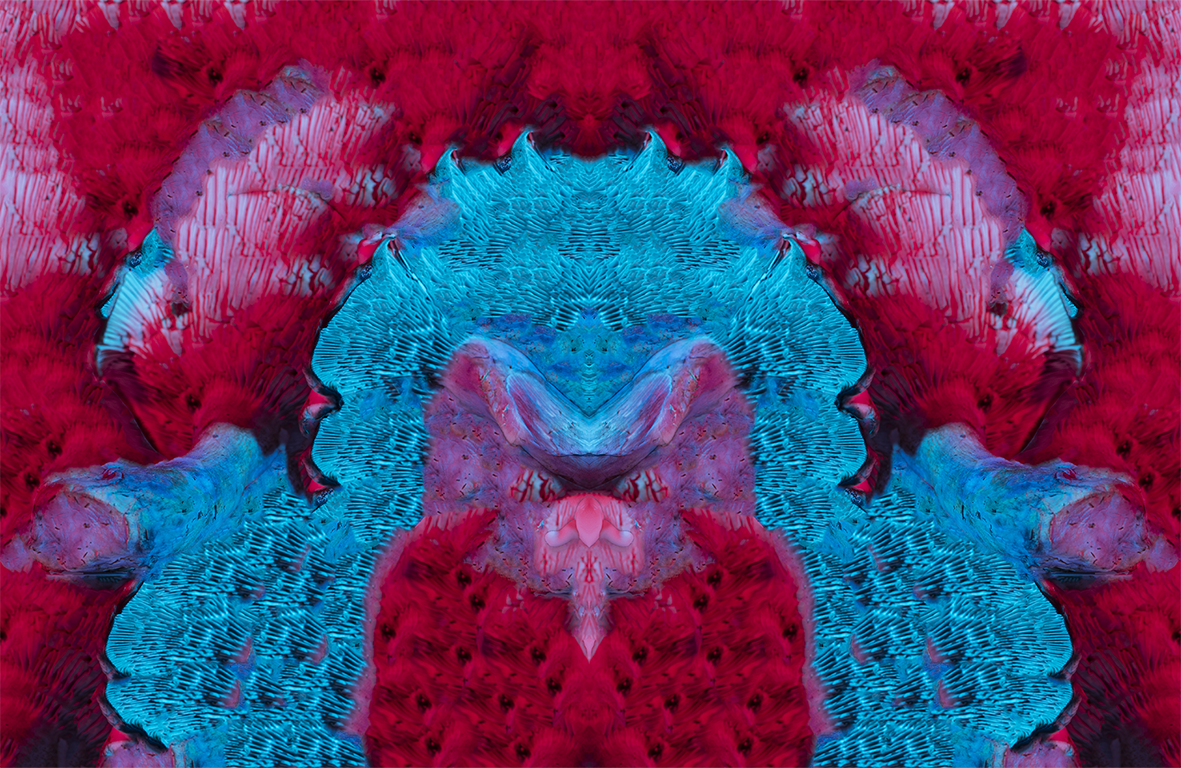Introduction / Issue 29:
Beyond Love
Featured image: Still from “The Origin Tapes” by contributor Beina Xu Before we can get beyond love, we would like to share how we got there. When we decided the twenty-ninth issue of InVisible Culture should address the idea of love, one of our members asked,”Why love and why now?” Although this question was raised to the other board members, it also extended beyond our group and toward a recent discourse. Why, for example, is love the topic Alain Badiou turned to in his book In Praise of Love? Or, more importantly, why would Badiou want to praise love? The question of love was also the topic of an aptly titled e-flux journal reader series, What’s Love (or Care, Intimacy, Warmth, Affection) Got To Do With It? Rather than answer these questions (including the one initially raised within our board), InVisible Culture seeks to keep the question of love in its place in order to move beyond it. This is not an abandonment of the topic, but a way to use what love has given in …



